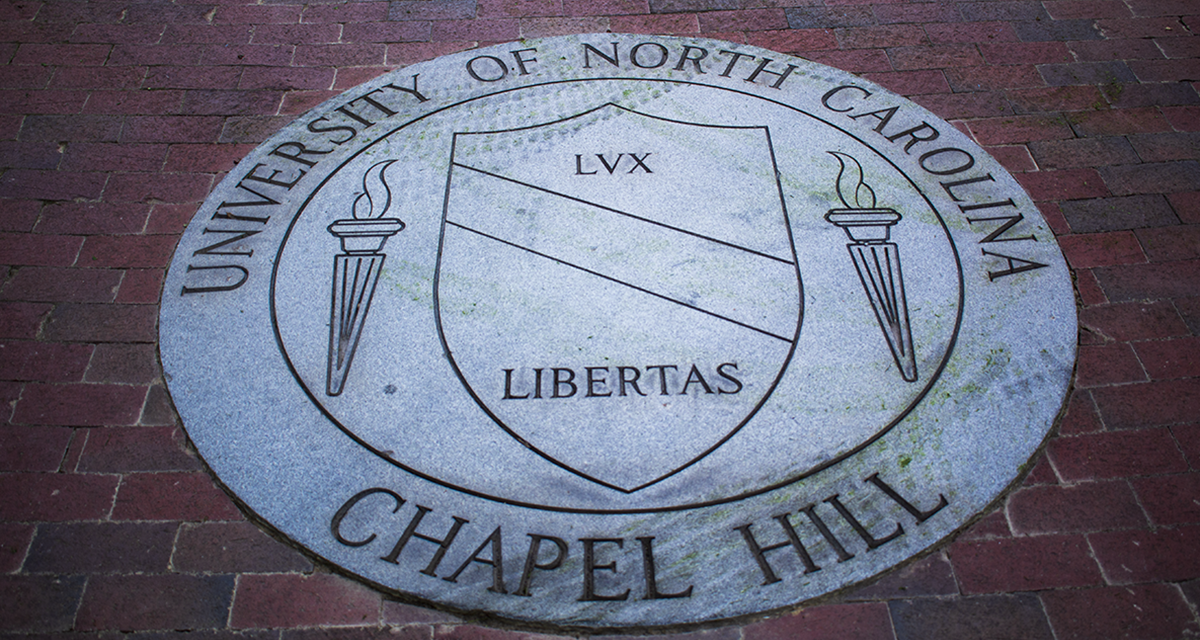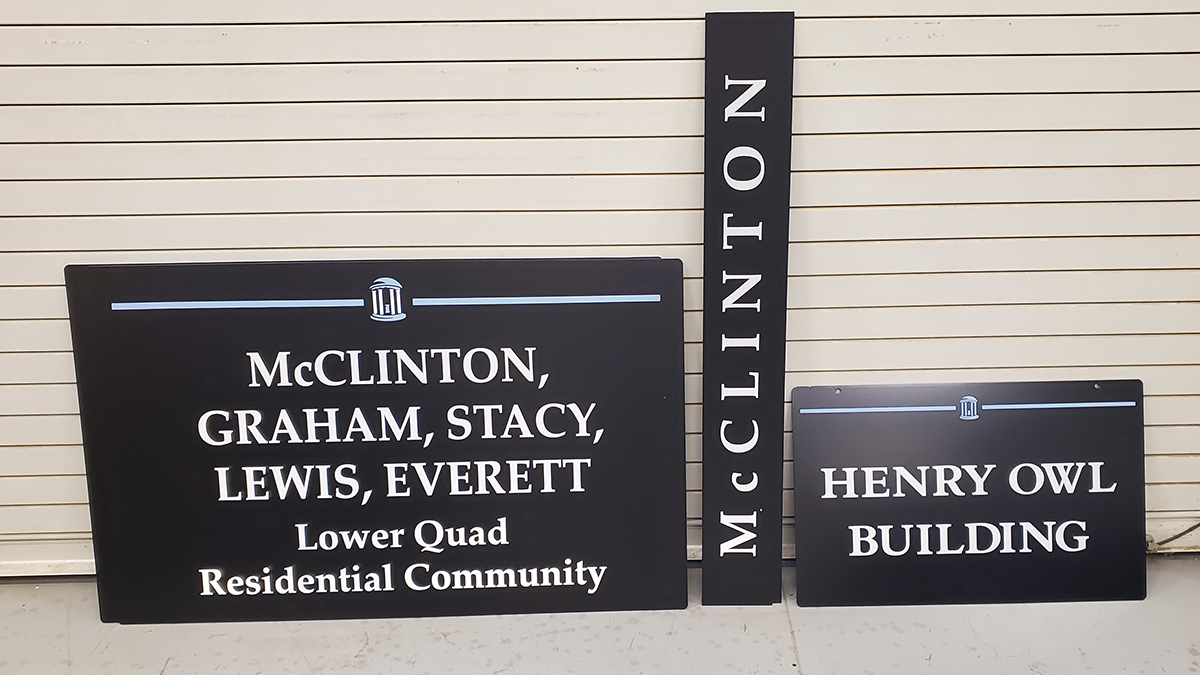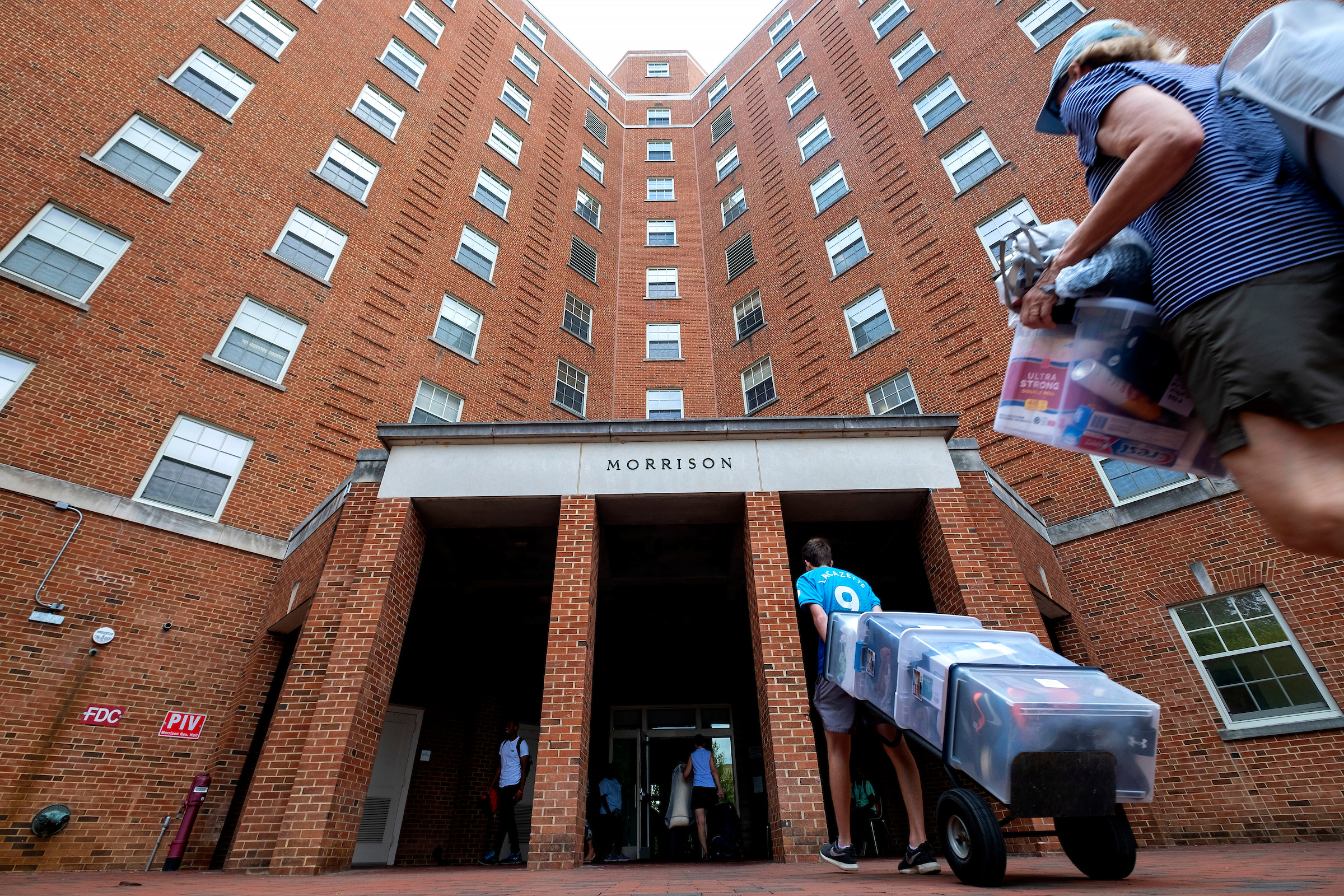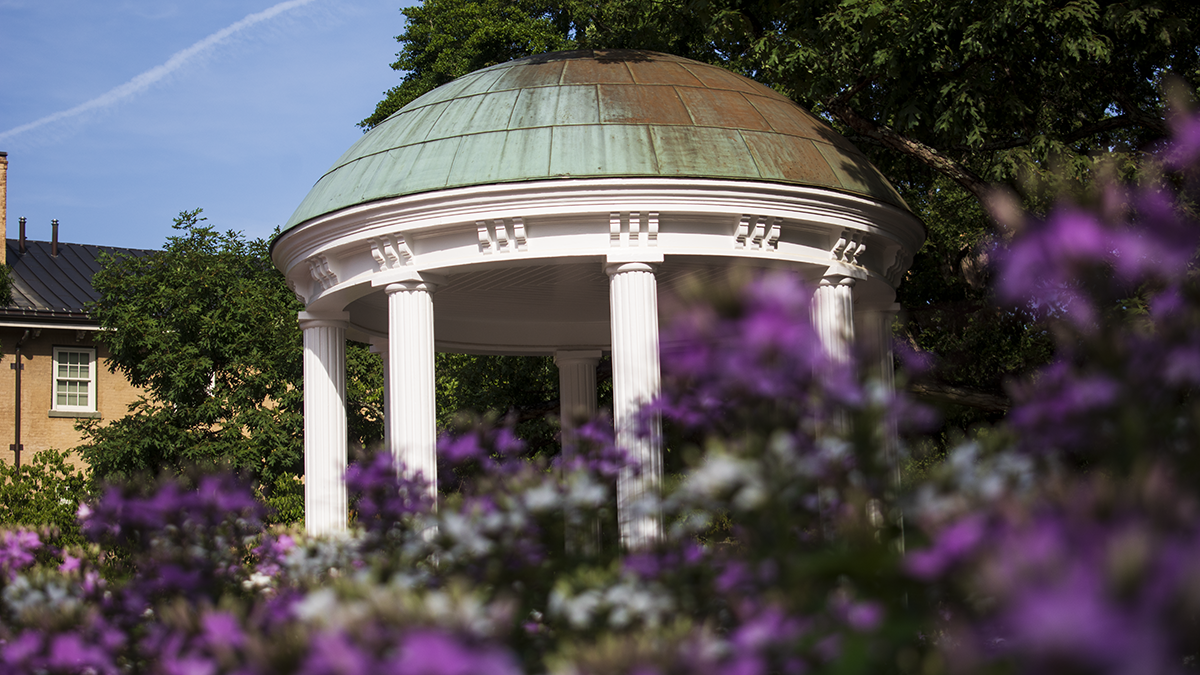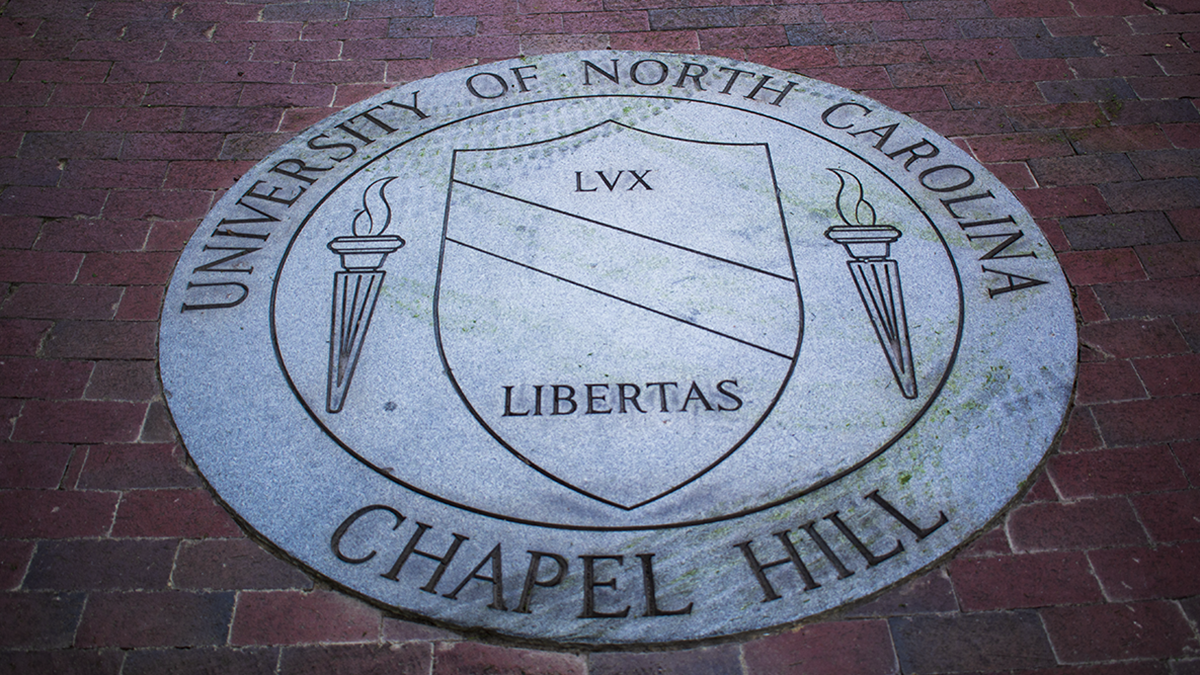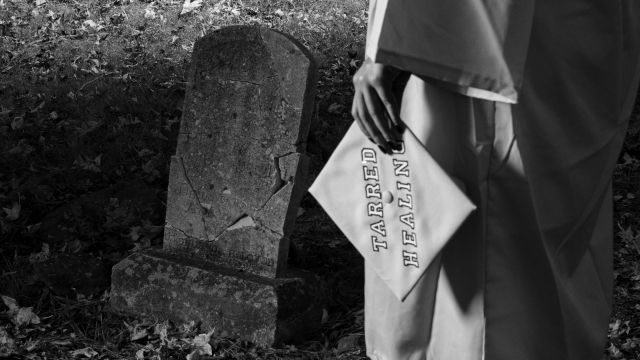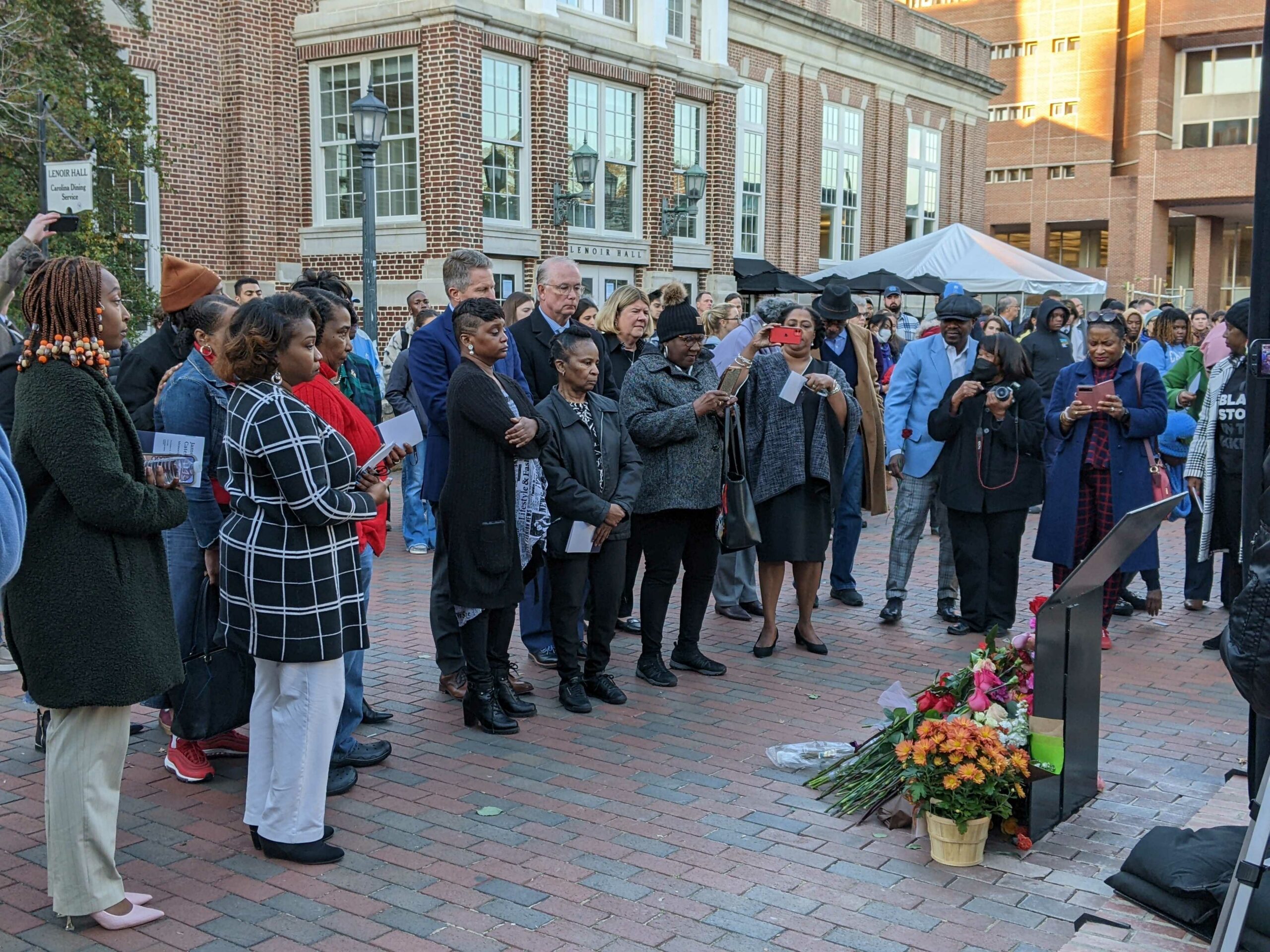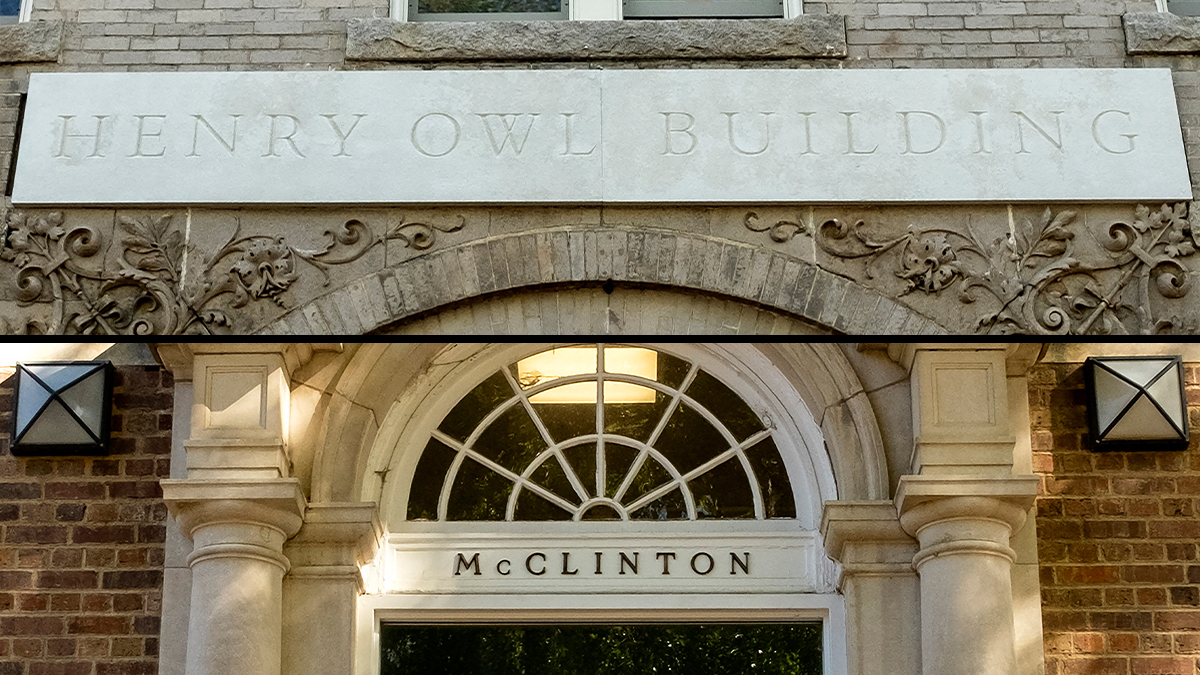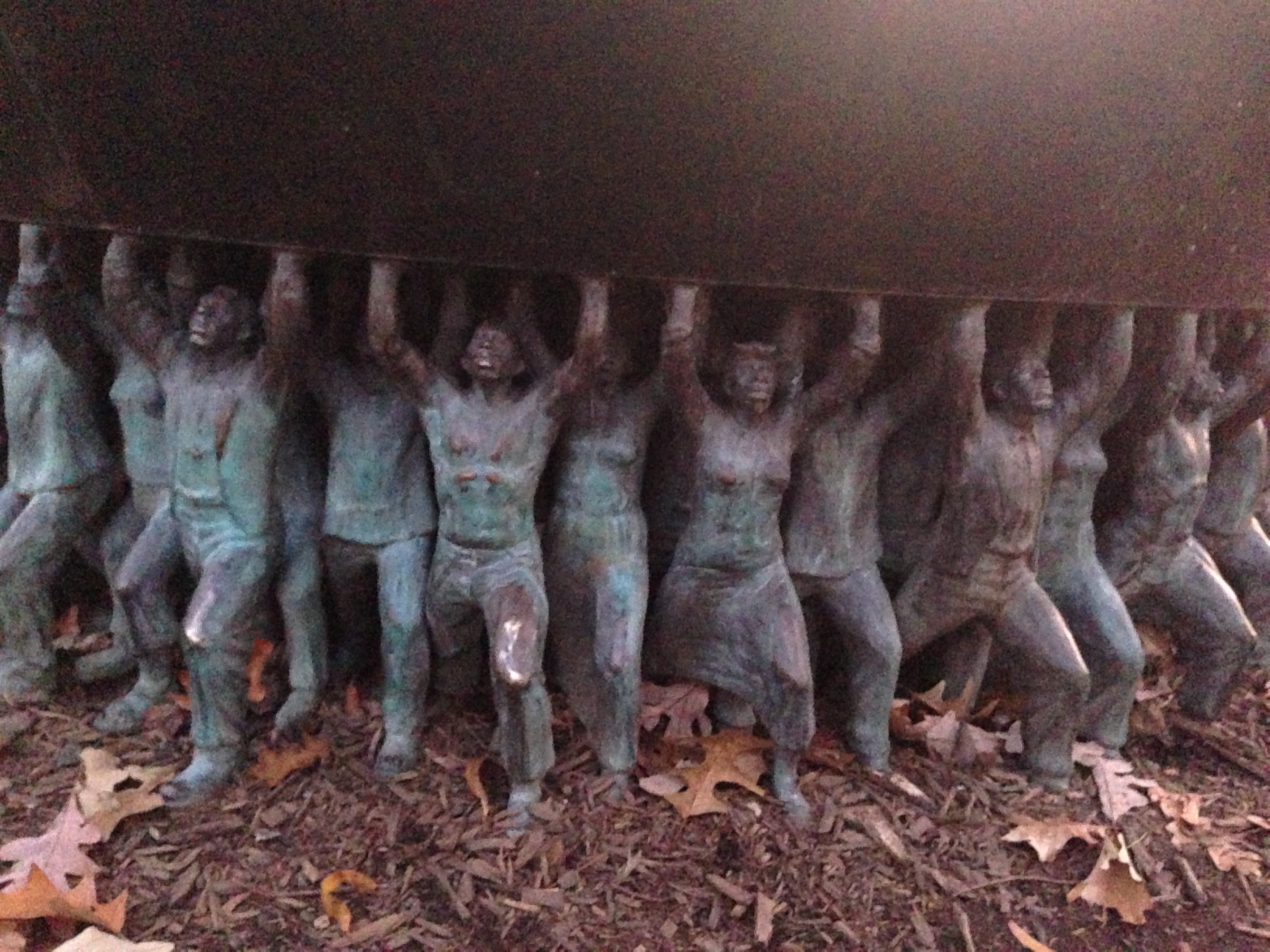One year ago, a committee was tasked by UNC Chancellor Kevin Guskiewicz to review and formally recommend whether to change namesakes of several buildings. Last week, the group submitted its final report to the university — meaning changes could be coming soon to remove representation of white supremacy and bigotry on campus.
The Chancellor’s Committee to Review History & Race Commission Resolution held its first meeting on October 19, 2021. It was just more than one year after UNC’s Board of Trustees overturned a policy barring any further name changes to buildings and promptly removed four namesakes.
Guskiewicz delivered the charge, which was not too far from the goal of his Commission on History, Race and a Way Forward that brought the proposal of name removals.
“Our campus has struggled for decades with a complicated history,” said the chancellor, “a history that includes the reality of white supremacy. We want to ensure the people honored on our campus reflect our values today. I charge you to review this proposal, learn about these individuals and determine whether their legacy reflects the values we want to honor.”
Eighteen meetings later, the committee’s charge is complete. On Wednesday, Chair Mike Smith gathered formal consensus on the final report from UNC faculty, students, alumni and more who had weighed the legacies and impact of ten buildings named after people with ties to white supremacy.
The formal report was delivered to Guskiewicz on Monday, so there is not a public copy just yet. But the review of language in its executive summary and examples provided a glimpse into how the committee approached its discussions and ultimate recommendations to remove some names.
One example is the future of Morrison Residence Hall. The Commission on History, Race and A Way Forward identified the building for another potential name-removal in December 2020, since former North Carolina Governor Cameron Morrison participated in the 1898 Wilmington insurrection and was a vocal supporter of Jim Crow laws.
Smith, who is also the dean of UNC’s School of Government, read language from the final report of how the renaming committee reviewed Morrison’s racist actions while considering his other involvement at UNC and in North Carolina. He said Morrison’s accomplishments don’t “weaken the case” for namesake removal because of his extensive efforts to disenfranchise Black residents.
“Through his public leadership,” Smith read, “Morrison exercised power and influence by encouraging others to engage in racial violence that harmed Black citizens – that caused much greater harm than a typical person at the time who held racist and bigoted beliefs.”
Avery Residence Hall, Bingham Hall, Graham Residence Hall, Grimes Residence Hall, Hamilton Hall, Pettigrew Hall and Vance Hall are some of the other buildings the committee reviewed and largely approved recommendations for removal.
During its Wednesday meeting, the committee also discussed its phrasing on addressing the future of Ruffin Residence Hall and Battle Hall – two of the buildings that caused the committee more deliberation than others. Ruffin Hall was one of the four namesakes changed in 2020 by the Board of Trustees, but kept its name since the trustees shifted the namesake to Thomas Ruffin Jr. instead of his father. Battle Hall, meanwhile, is named after Kemp Plummer Battle, a former university president and slave-owner whose university contributions meet the current board policy for a name-holder.
Smith indicated the committee is of the belief that keeping those names, even through technicalities, could still “cause pain” to students and faculty.
“What we’re saying is,” he added, “‘Look, we’re following the policy and it requires us to continue [using] those two names. And we’re still troubled by it.’”
UNC’s current policy is for these recommendations to go from the committee to the chancellor, and then for the chancellor to present his own recommendations to the Board of Trustees. As part of the changed renaming policy approved in 2020, those who now receive dedicated namesakes on campus must pass standards that include being historically underrepresented and having “demonstrated positive impact” both at UNC and in the broader community.
While the vote to change namesakes is ultimately up to trustees, Smith closed Wednesday’s meeting by saying he hopes they can draw on the committee as an example of how to approach such conversations.
“I’ve said to more people than I can count how much I love this committee,” said Smith. “It’s been such a pleasure to work with you all, to have these dialogues – on a really complicated issue where I feel like I’ve made friends with people I want to stay in touch with.
I also feel like I’ve learned a lot about an important topic for all of us. Not just for the university, but for all of us.”
UNC officially rededicated two of its buildings earlier this year. McClinton Residence Hall, named after UNC’s first Black professor at the university, officially replaced the former Aycock Residence Hall. Meanwhile, the former Carr Building was rededicated as the Henry Owl Building honoring the school’s first American Indian student and first enrolled person of color.
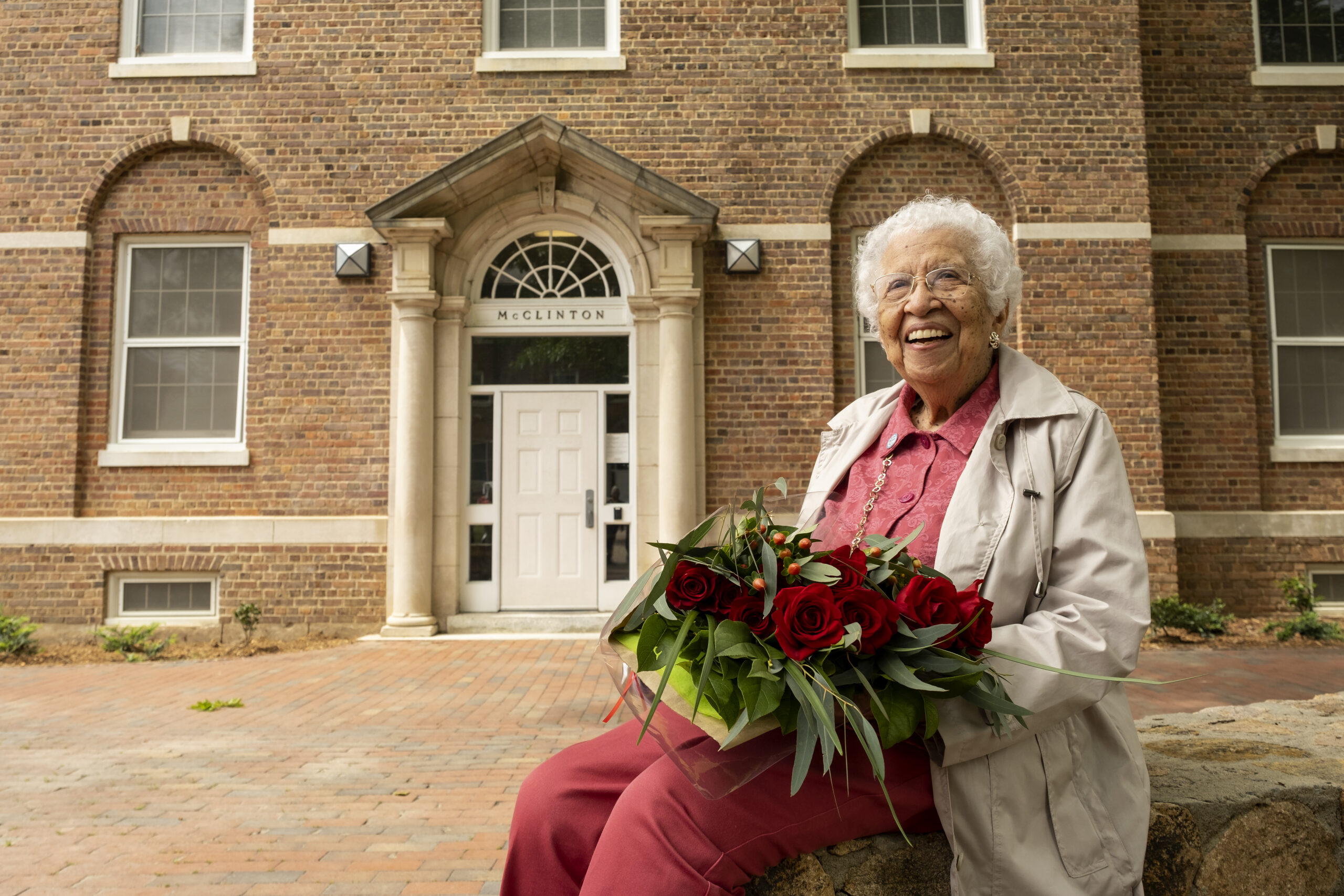
Hortense McClinton, poses for a portrait outside the residence hall that now bears her name following a Building Dedication Ceremony held at the Frank Porter Graham Student Union on the campus of the University of North Carolina at Chapel Hill. May 13, 2022. (Jon Gardiner/UNC-Chapel Hill)
Chapelboro.com does not charge subscription fees, and you can directly support our efforts in local journalism here. Want more of what you see on Chapelboro? Let us bring free local news and community information to you by signing up for our biweekly newsletter.

